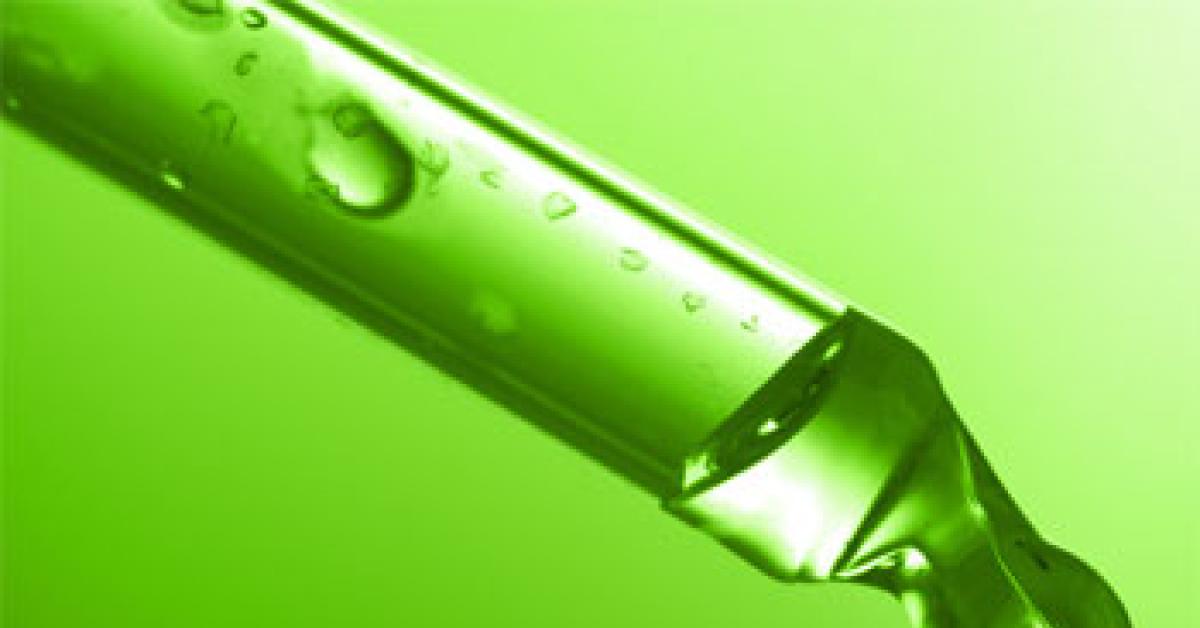CONCORD, N.C. — I recently attended a regional show for the cleaning industry. These affairs have not changed much in the past 30 years. What has changed is the attitude of those who attend these shows.
The expectation that there is a single machine, immersion solution or stain-removal tool that can do it all is just not realistic. There are far too many variables in fiber, construction, trim and stains to address with a one-shot product.
An informed cleaner will be a successful cleaner, and a student of the industry will thrive while others are “walking away” in frustration. If you do not maintain clean solvent, with detergent, with a solvent flow that changes the volume of solvent in the wheel every 60 seconds, you are doing yourself harm and your customer a disservice.
Even with more than 30 years of experience, I still find stain removal a daily challenge. When it comes to tannin stains, no two are exactly alike. The only thing tannin stains have in common is that they originate from a plant. Wine, tea, coffee and mustard are classic examples of tannin stains.
Before there were pre-formulated chemical tools, cleaners would mix a tannin solution using distilled water, glycerin and acetic acid. They knew that the higher the concentration of acetic acid in the mixture, the more aggressive the solution.
You must approach the removal of a tannin stain with an extra measure of patience. By going slowly, you can successfully remove the stain with a minimum of risk to the garment.
Start by putting the stain over the vacuum nose of the board and flushing the area with wet steam. This will break the surface tension, spread the fibers and heat the area to enhance the chemical action.
Apply NSD and light mechanical action over the solid portion of the spotting board, then flush the area with steam over the vacuum nose of the board. If there is ever any doubt about the content of any wet-side stain after this initial treatment, apply tannin formula first. Many times, if a protein formula is placed on a tannin stain, it will make it much harder to remove the stain, or possibly even set the stain.
In all supplemental stain removal, the spotter must take into consideration the variables of fiber, construction and trim, and the stability of the dye. Many dyes are sensitive to the pH level of the chemical tool being used. Tannin formula is an acid-based liquid. Test the spotting chemical on an unexposed area and if there is a color change, neutralize the area with a protein (alkali) formula.
Apply the tannin formula over the solid portion of the spotting board, followed by mild mechanical action. Move the stain over the vacuum nose of the spotting board and flush with steam. If the stain is still noticeable, repeat the process using a stronger chemical, with a lower pH level. Test the spotter each time you progress to a stronger chemical tool.
My personal progression for tannin stain removal is mild tannin; strong tannin (on the board); super tannin, general formula, acetic acid, and oxalic acid (all on a shelf); and, finally, spot-bleaching. The more aggressive chemicals should be placed where they are available, but only by making a conscious decision and movement to use one of these stain-removal tools.
The last chemical tool—bleach—is one for which there is a wide difference of opinion. Some spotters fear bleach, and others use it after only one stain-removal attempt with the proper chemical. Both these approaches are wrong.
Bleaches can be of benefit on the spotting board, for the last traces of a variety of stains. The only bleach that should be used on a fabric that contains protein fiber is hydrogen peroxide—I recommend the “drug store” concentration of 3%.
Apply the peroxide with a cotton swab, set the garment aside for a few minutes, and then flush with steam. This can be repeated several times to achieve good results.
A highly refined/activated (extremely small grains) sodium perborate is a good tool to have available in a salt shaker, near the spotting board, for non-protein fabrics.
Flush the area with steam, then shake on a small amount of sodium perborate. Apply a drop or two of NSD to moisten the powder, then melt the powder using the steam gun; apply just enough pressure on the steam pedal to have a wisp of steam rolling off the nose of the spotting gun. Finally, neutralize the area with a few drops of acetic acid and flush with steam.
Do yourself a favor and move beyond the “me too” approach to cleaning.
Have a question or comment? E-mail our editor Dave Davis at [email protected].

